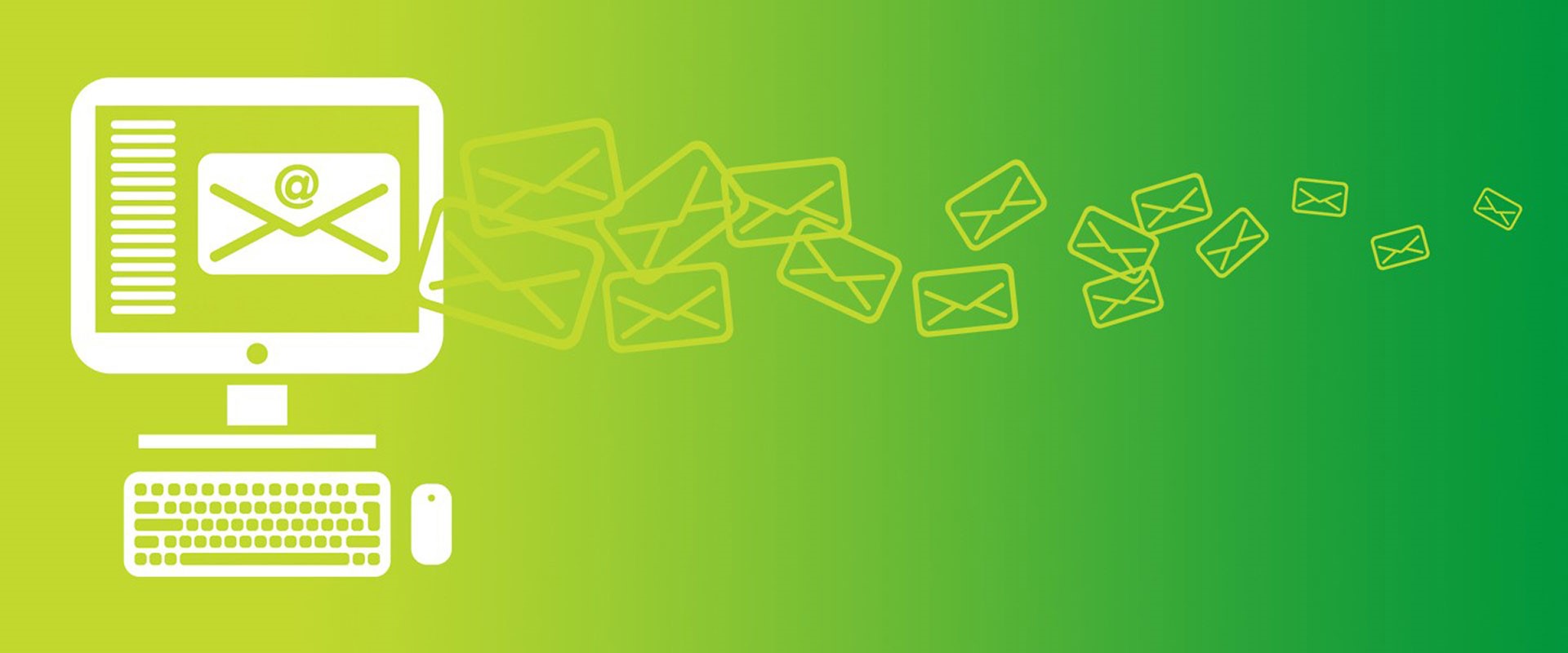Email continues to be one of the fastest-growing marketing channels and is arguably one of the biggest drivers of customer acquisition and customer retention. It provides a cost-effective medium to communicate with customers but businesses need to continuously evolve their email tactics to cater to a changing audience.
We’ve summarised some of the most effective tactics to engage your email subscribers;
Create dynamic, storytelling content
Content that engages in storytelling and inspires its readers provides a unique value to their online experience. When creating email campaigns, it’s important to include relevant content that relates to your brand’s message and the interests of your subscribers.
One of the best ways to do this is through creating an email newsletter that is rich with value-added content including news, customer success stories, tips, and more. According to Forbes, people are no longer engaged purely by ads, they expect more from brands and online content.
Connecting with your subscribers in a personal way through interesting content can encourage them to convert into customers and explore your products or services.
When a brand is able to connect with their audiences on a personal level, they are able to build a long-lasting relationship and drive customer acquisition and conversion.
Use strong subject lines
Everyday our inboxes are flooded with personal, professional, and promotional emails. While we sift through our inboxes, deciding which emails to open and which ones to skip over or delete, we usually make these decisions based on the subject lines we see at first glance.
It’s crucial to create subject lines that appeal to your readers and lead to higher engagement rates. Strong subject lines are short and descriptive.
Professional email designs
If an email is difficult to consume, chances are that the reader will stop engaging with it. Having a clear, and creative email design is essential to customer engagement. Using eye-catching and relevant images with short blocks of copy will encourage customers to read through the entire email.
It is not only important to have a strong desktop email design, you also need to make sure that your emails are adaptable to mobile. Using responsive design for mobile is crucial to grabbing your reader’s attention in an engaging way.
Personalised emails
Marketing automation, segmented lists, and third party integrations make email personalisation easier and more effective.
Your readers want to digest content that is most relevant to them and their interests. Adding their name in the subject line is a great start, but there are even more ways to engage in a personal way. They want to feel as though you understand who they are.
Using segmented lists can enable you to create personalised and targeted email campaigns across different demographics.
Segment your email database
Segmenting your target lists allows you to personalise emails and connect with your audience in a powerful way. Information that is relevant to one customer, might not be relevant to another. Personalising emails based on targeted lists will improve your email engagement rates.
One of the best ways to effectively segment your lists is through capturing data about your customers in a signup form. You can gather information from subscribers like geographic location, gender, marital status, profession, age, and interests.
After developing segmented lists, create separate email campaigns that are most relevant to each list and their interests. This increases the relevancy and personalisation of each email you send, which in turn, can increase your ROI.
In conclusion
Customer engagement is crucial to customer acquisition and customer retention, but it can serve as a huge challenge when you don’t fully understand who your customers are, what they care about the most or how you can connect with them at scale.
You can break down the barriers using the right content, design, email personalisation and segmented lists.
Once you start using these tactics, remember to constantly re-evaluate each one – your customer journeys and customer profiles may change over time. As their needs and interests evolve, your content and email engagement tactics will need to evolve along with them.

